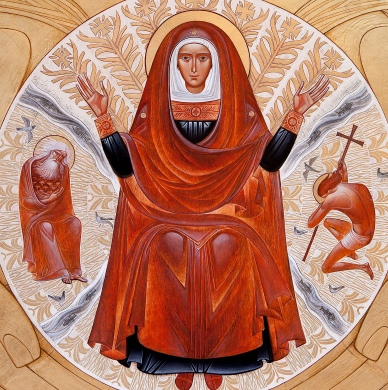A mortal\'s prayer is a Gothic tower that rises up straight into the azure, that the rapture of the maestro and pain have embroidered – the mute prayer is silent above the bustle of the throng.
Bohdan-Ihor Antonych, Prayer
Lyuba Yatskiv’s icon painting always impressed by its persuasiveness. By not only matter persuasiveness, but also persuasiveness of plastic language and color gamma. If it is possible to talk about harmony in the context of contemporary art, then Lyuba’s works can be considered as its the most appropriate sample.
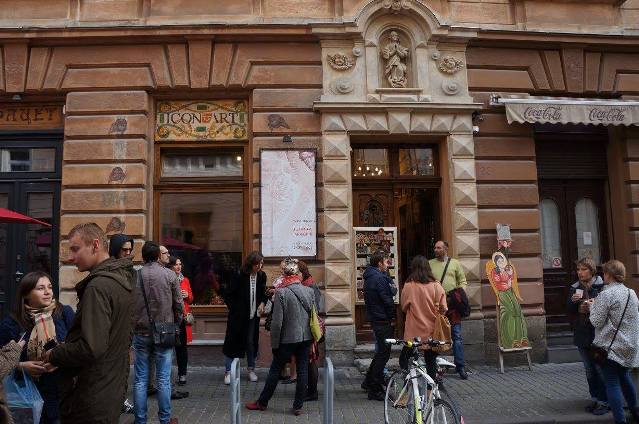
Assessing that time that has passed since the last exhibition of the artist in the Iconart Gallery it is possible to say that Lyuba has walked enormous way from the talented young artist to the teacher and the experienced master. This period sprinkled by the constant persistent work is passing very intensively. Lyuba is combining personal creative work with lecturing at the Department of Sacral Art and work on temple painting.
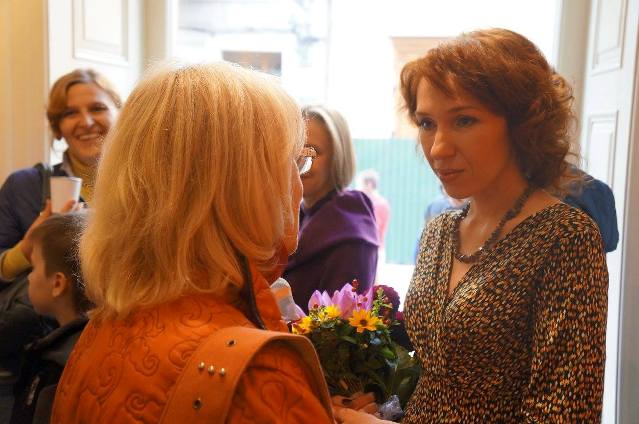
Making the exhibition of Lyuba’s works in spring, 2011, (the “Icon” exhibition) we presented the perspective artist that had confidently been forming her own icon painting style. Only now, in few years, we deal with the master whose personal style forms new sacral art environment. Set of young artists starting their own creative works are oriented on Lyuba’s achievements. If it was possible to recollect the influence of Petro Kholodnyi or Svyatoslav Hordyns’kyi on Lyuba Yatakiv’s works before, now it is necessary to talk about the influence of Lyuba on the works of younger artists (for example, it is worth to think of the creative works of Ivanka Demchuk).
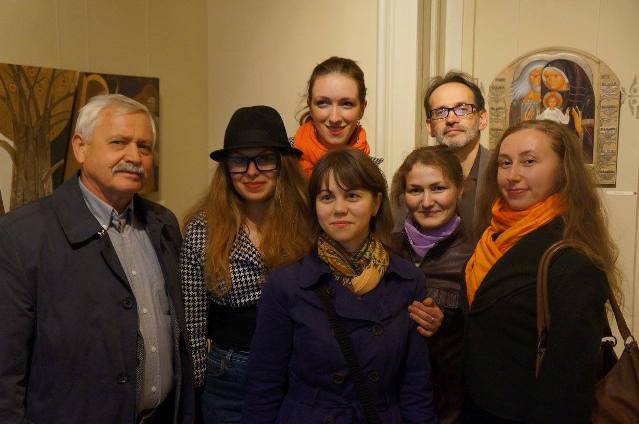
One of features that makes a difference among the experienced master of the sacral art and the skillful young talent is related to personal reinterpretation of iconography. What is meant it is not so much the subjective creation of personal compositions as new understanding, new approach to ancient iconography. This is exactly where, in my opinion, there is no anybody equal to Lyuba. Already in her early works she could bravely interpret this or that ancient iconographic type. But now she is able to create the compositions that, representing new iconography, manifest, nevertheless, its traditional roots. Icons with new iconography are not lack of feeling of deep foundation understanding: it is not a flat manipulation by styles or traditions. There is reasoning in every image. The experience of the master allows her free interpretation of iconography without fear of being “too modern” or too individual.
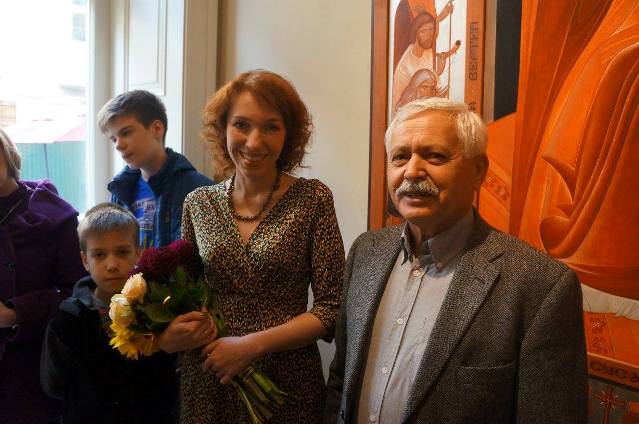
It seems that such works as Forbidden Fruit/Expulsion from Paradise, Adam Gives Names to Animals or Saint Warriors suggest completely new iconography but in these works it is possible to see parallels to life compositions that are depicted on big icons of saints. Another fruitful source of iconographic diversity can be found in Byzantine and Old Ruthenian miniature manuscripts.
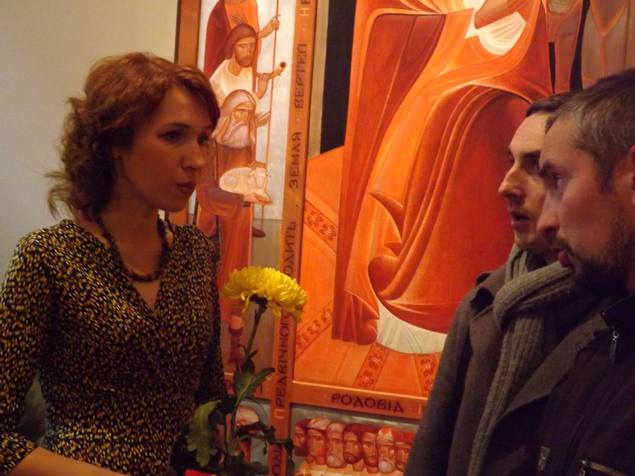
The sketch line that characterizes and builds the style of Lyuba Yatskiv is inherent to all her works long since. Within years this line has only been strengthening, becoming confident. I remember very well Lyuba’s sketches since the time of our studies at the Ivan Trush College of Decorative and Fine Arts. Already then, even in the academic sketch or painting, Lyuba’s works were distinguished with confidence and exactness of plastic line. This realization of the possibilities of simple means of expression has allowed her to build personal creative work consistently and persuasively.
Markiyan Filevych
